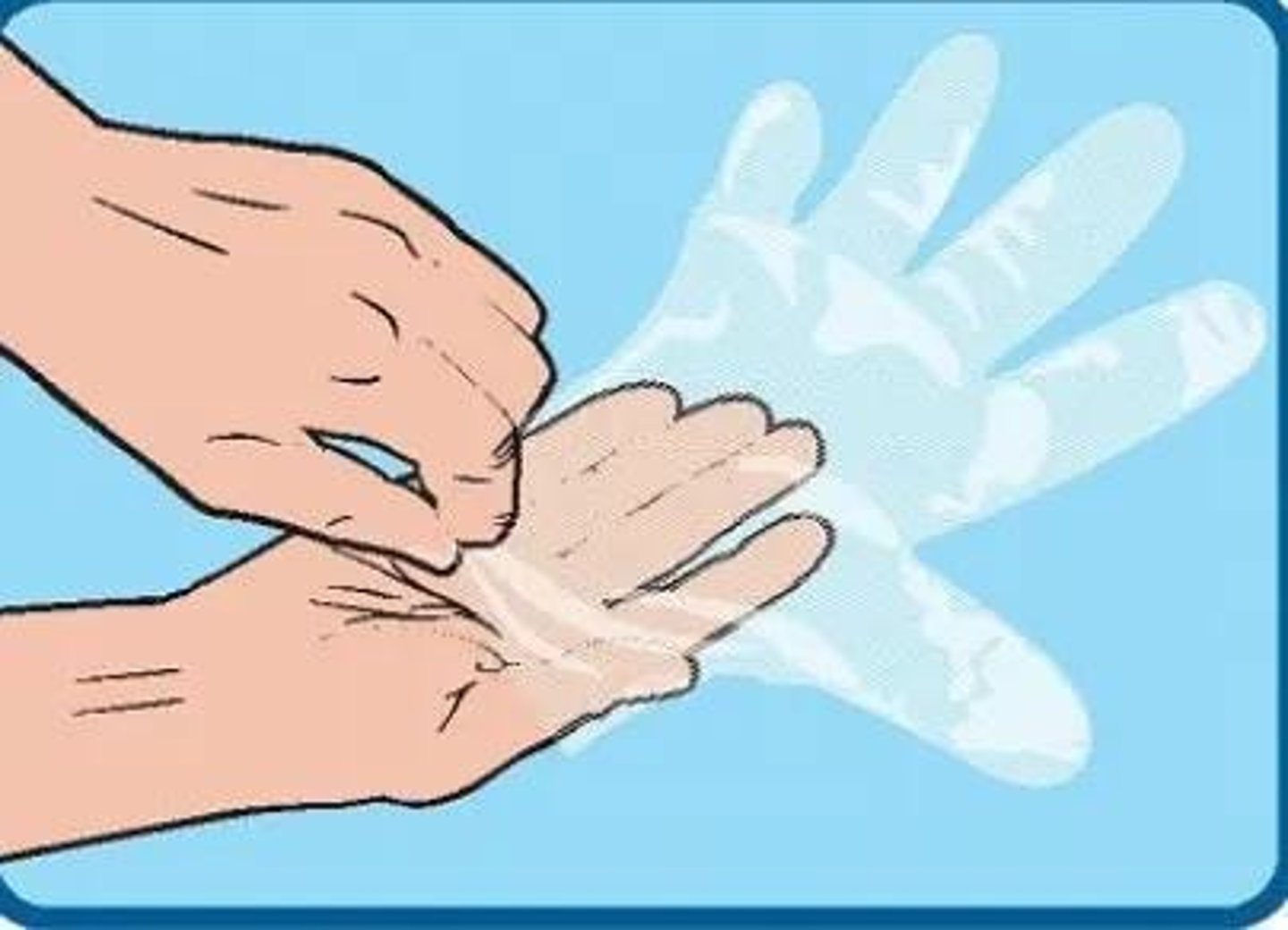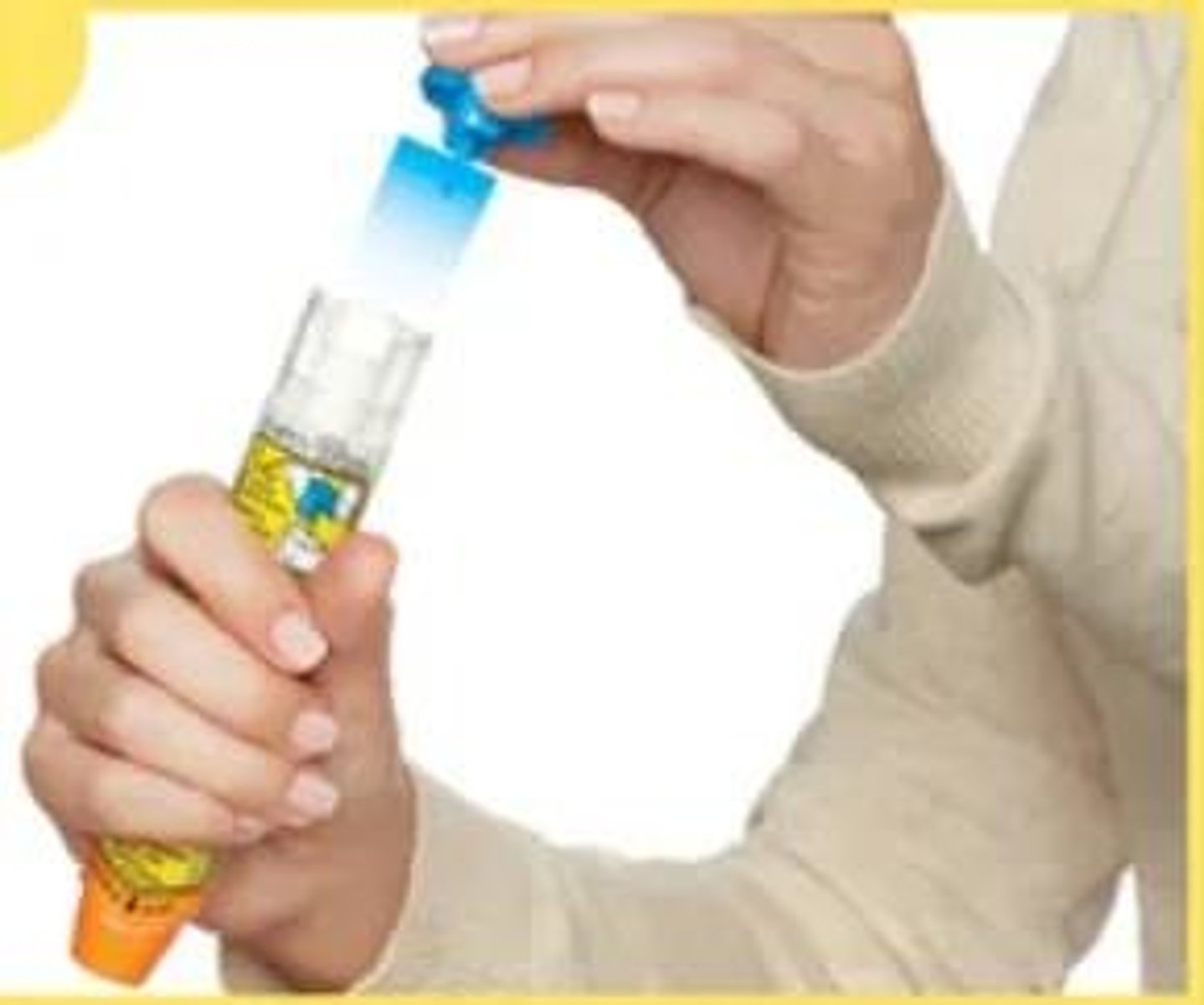First Aid Essentials: Medical, Injury, and Environmental Emergencies
1/47
There's no tags or description
Looks like no tags are added yet.
Name | Mastery | Learn | Test | Matching | Spaced |
|---|
No study sessions yet.
48 Terms
What is the first thing a rescuer can do when they arrive at a scene?
Check for scene safety and act accordingly.
Good Samaritan Law
A law that protects the rescuer. As long as you act in good faith, you are protected from issues that might arise.
Why do we use a biohazard bag?
To prevent contamination. Ex: if there is blood on gloves, you don't want that touching you, or anyone else and therefore put it in a biohazard bag. This also allows for proper disposal.
What do we do if someone refuses our help, but is clearly in need?
Phone 911 and stay with the person; if they become unresponsive then you can help.
universal precautions
Personal Protective Equipment (PPE) to protect the rescuer - gloves, goggles, pocketmask, etc.
PPE examples
gloves, goggles, pocket mask.

allergic reaction signs
Mild: Skin reactions (Itching, redness, rash), sneezing, stuffy nose, watery eyes. Severe: Difficulty Breathing, widespread hives, vomiting, loss of consciousness, swelling of the tongue or face.
Asthma symptoms
Shortness of breath, Wheezing (whistling sound when breathing), Rapid, shallow breathing.
inhaler action steps
1. Ask if you can help and get their inhaler 2. Remove cap and shake 3. If there is a spacer, attach it 4. Instruct to exhale completely 5. Instruct to seal their lips around inhaler and inhale deeply 6. Wait 10 seconds and then repeat once more.
shock response
Call 911, lay person down, if they are shivering, give them a blanket, loosen tight clothing, monitor breathing & pulse.
stroke signs
B.E.F.A.S.T: balance issues, eye problems (relating to vision), face drooping especially on one side, arm weakness especially on one side, slurred speech, time (record time, and call 911 as soon as possible).
stroke action steps
Sit them down, try to keep them calm, call 911 and get an AED.
How to help a choking pregnant women?
Instead of abdominal thrusts, use chest thrusts.
heart attack signs
Chest pain or extreme chest discomfort; upper body pain in arms, neck, shoulder; indigestion; cold sweat; nausea or vomiting; lightheaded and dizziness
Glove Removal
1. Pinch outside of one glove and remove inside out. 2. Crumple inside-out glove into gloved hand. 3. Place 2 fingers inside the cuff of gloved hand. 4. Remove glove inside out. 5. Place gloves into biohazard bag
Action steps if you suspect a heart attack
call 911 and get an AED; try to keep them calm; give aspirin if not allergic and no signs of stroke
Action steps for a responsive choking victim
ask if you can help; if so - provide either abdominal thrusts or chest thrusts until the object comes up for the person becomes unresponsive
Action steps for low blood sugar
Give something with sugar - glucose tablets, starbursts, fruit juice.
Signs/symptoms of low blood sugar
Tired; dizzy; irritable; hungry/hasn't eaten in a while; nausea
Support for someone experiencing a seizure
Lower to the ground; don't hold them down; clear the area and place something soft under the head; record time; turn them onto their side afterwards and assess any injuries; call 911.
Treatment for a puncture wound
Pack wound with gauze, then bandage; do not take the object out.
Treatment for a knocked out tooth
Hold the tooth by the crown, place tooth in something such as egg whites, coconut milk, etc. DO NOT PLACE IN TAP WATER. Take tooth with the person to hospital so tooth can (hopefully) be put back.
First step for a knocked out tooth
Place gauze in the mouth (if conscious), to stop bleeding. Treat the patient first, then the injury
Treatment for a nose bleed
Pinch the nose to clot the blood and lean forward; do not lean back; if heavy bleeding past 15', call 911.
How do you control bleeding?
Apply pressure to wound, pack wound if needed; apply tourniquet if life-threatening bleeding
Steps to control managable bleeding
Give victim gauze to apply pressure; put on gloves; take over pressure; dress wound properly.
Best way to clean a wound
Instruct patient to clean with soap and water as soon as available
How to protect an amputated body part?
stop bleeding by applying pressure to wound. Wash the amputated body part, place in a bag and then place the bag over ice; write name and time on the bag; call 911
Signs of life-threatening internal bleeding
Bruising; coughing up blood; blood in stool; pain; trouble breathing; shivering.
Spinal injury signs and symptoms
Posturing; inability to move; numbing or tingling into extremities.
How to treat frostbite?
Get person into warm area and remove wet or tight clothing and put on dry clothing and blanket. Do not thaw if you cannot get to care quickly (under 20')
Hypothermia
patient is no longer shivering and may even appear dead
Removing a tick
Use tweezers at the head - wait for skin to tent and tick to let go; instruct patient to look for bullseye rash and to wash bite site with soap and water; should call physician
Burn treatment
Use cool (not ice cold) water on burn for 5-15' depending on how the burn is feeling
Identifying venomous snakes
You can tell if a snake is venomous by its brightly colored skin; fang marks. DO NOT use ice
Main difference between heat exhaustion and heat stroke
HE - heavy sweating; still conscious;
HS - no longer sweating or able to cool off their body; potential in and out of consciousness
What animal bites should be reported?
Report all wild animal bites that break the skin
Electrical injuries
Make sure the scene is safe and there is no current passing through the body of the patient. Call 911 if needed
How to treat a patient with poison in the eye
Flush the poison/chemical with water, with the damaged eye closest to the sink.
Dehydration treatment
Drink water, remove from heat if possible.
Heat cramps treatment
Drink water, stop exercise, go somewhere cool, stretch and ice cramping body part.
Heat exhaustion treatment
remove from heat, remove layers, drink water and replenish electrolytes, apply cold towels or ice to neck, back of knees, wrists, elbows, groin.
Heat stroke treatment
CALL 911, get AED, remove from heat, place into ice tub up to neck, cool body temperature to less than 102 and then transport.
Choking steps - Adult
1. The person begins to choke, makes no noise and makes the universal choking sign. 2. Ask if you can help and perform abdominal thrusts above the navel. 3. If the person goes unresponsive, call 911, get AED, begin CPR
Choking steps - Infant
1. The infant begins to choke, makes no noise and has cyanosis. 2. Perform 5 back slaps. 3. If the object does not come up, flip to their back and perform 5 chest thrusts. 4. Repeat steps until the object is removed or the infant goes unresponsive. 5. call 911, get AED, begin CPR
EpiPen usage
Recognize the emergency, call 911. Ask if person has an EpiPen. Put on gloves. Remove safety cap from EpiPen. Press EpiPen midway between hip and knee. Hold for 5 seconds. Rub injection site for 10 seconds. Note time of injection. Stay with person until advanced help arrives.

Gloves application order for manageable bleeding
Ask patient to apply pressure while you put on your gloves.